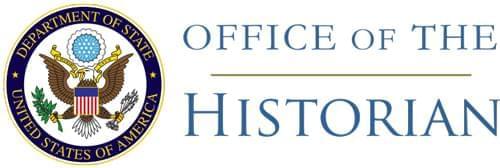501.BC Indonesia/3–2449: Telegram
The United States Representative at the United Nations (Austin) to the Secretary of State 1
408. The telegram which the SC approved yesterday for transmission to UNCFI is a compromise formula and is interpreted differently by different delegates in the SC who supported it. The interpretation, we have placed and are placing on it in discussion here is set forth below. UNCFI is clearly going to have considerable difficulty in getting the parties and the members of the Commission itself to agree on an appropriate interpretation. It would, in our view, be advisable for the Department to inform Cochran of the interpretation which USUN has been and is placing on this language. We feel this interpretation is a middle ground which, if accepted by the Commission, would be best adapted to avoid difficulties and recriminations and obtain the support of the SC in case the issue has to be referred back as a result of deadlocked negotiations. Our gloss on the telegram is as follows:
- 1.
- The purpose of a telegram rather than a resolution is to emphasize that the January 28 resolution remains in full force and effect and that the SC has in no way modified or suspended it.
- 2.
- The assistance given by the Commission is intended by the SC to be “in accordance with the Council’s resolution of January 28, 1949. In other words, the Commission remains bound by the provisions of that resolution.
- 3.
- The purpose of the separation into paragraphs (a) and (b) of the points upon which agreement is to be sought was to indicate that consideration of point (a) is to have priority over consideration of point (b). It is not, however, the intention of the Council to insist that agreement must fee reached or, even less, carried out on point (a) before any consideration can be given to point (b). The exact details of how to give priority to point (a) is left to the parties and the Commission.
- 4.
- The timing of the action to be taken by the parties in implementation of any agreement reached on paints (a) and (b) is left to the parties and the Commission on the understanding, however, that the basic principle of the January 28 resolution still stands and binds the Commission; namely, the principle expressed in my speech of March 10 that the re-establishment of the Republican Government as a functioning government in a position to respond to the wishes of its people and to take responsible decisions on their behalf must precede negotiations at The Hague. We feel, on the one hand, that it is inconsistent [Page 342] with the proper interpretation of this telegram that the Dutch should be permitted to make restoration of the Republic to Jogja conditional upon a firm agreement that the Republic will attend the Hague Conference. A binding agreement can be made only by the Republican Government after its re-establishment. On the other hand, the conditions of the Hague Conference could be discussed and a preliminary meeting of minds reached between the Republican leaders and Dutch before complete re-establishment of the Republic subject to final ratification by the Republican Government after its re-establishment.
- 5.
- The langauge of point (a) is intended to convey the idea that the principle of implementation of the January 28 resolution is not open to question but that agreement is to be reached in the details and manner of implementation.
- 6.
- The purpose of paragraph (b) is, as the Canadians stated, to develop the Dutch approval for The Hague Conference into an arrangement for negotiations which would fall within the framework of paragraphs 3 and 4 of the SC resolution of January 28. This, of course, does not mean that the Council is insisting on following the sequence which was indicated in paragraphs (a), (b) and (c) of the third paragraph of SC resolution.
- Repeated in telegram 193, Usgoc 342, March 26, 3 p. m., to Batavia.↩
